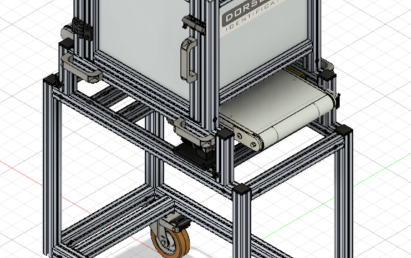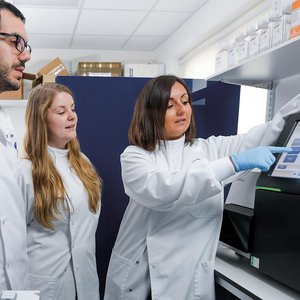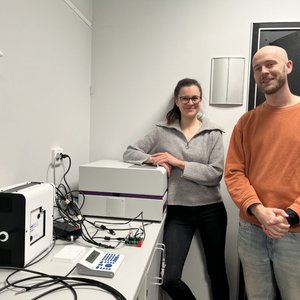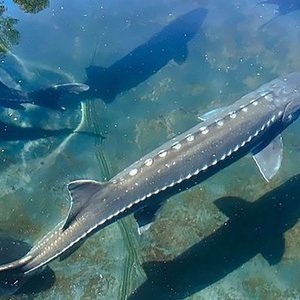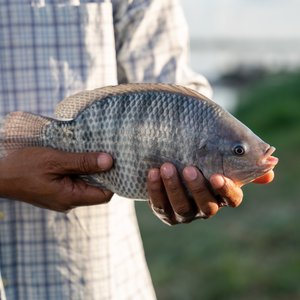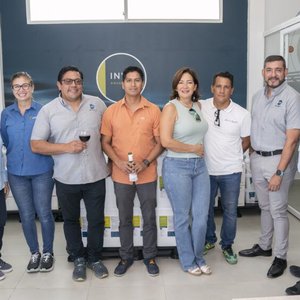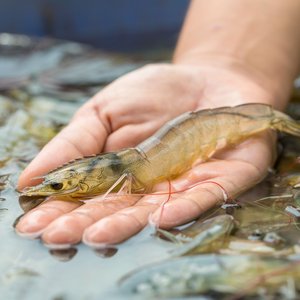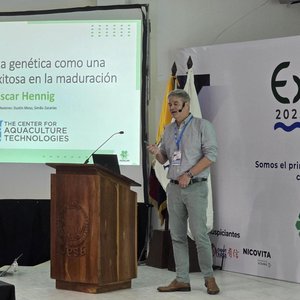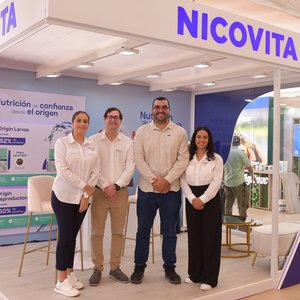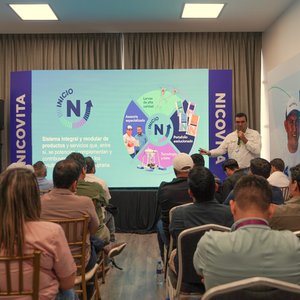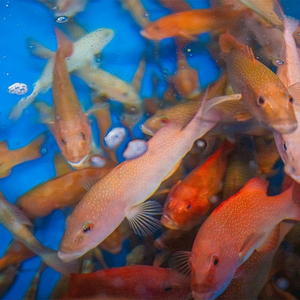The European AquaIMPACT project, Genomic and nutritional innovations for genetically superior farmed fish, is working on methods to select fish breeders automatically, quickly and accurately through machine vision techniques.
The shape and color characteristics of farmed fish are assessed allowing the farmer to decide which fish will be used for further breeding. This is a time-consuming activity, currently done by hand. The use of machine vision techniques has many advantages. With vision techniques, a higher number of samples and more variables can be measured in a shorter time. In addition, software is more objective and has higher repeatability than a human observer.
Wageningen University, one of the partners of the project, is developing the device, together with the company DORSET, that will measure various variables, such as the 2D and 3D shape, color and properties of body parts such as eyes or belly.
Fish are manually removed from the breeding tank and placed on a conveyor belt. An algorithm merges the color and shape characteristics of the fish with genetic information from a database. After analysis, a selection algorithm will classify the individual fish in real-time to be selected or not for further breeding. The device then mechanically sorts fish into two groups. For one fish, the entire operation is completed in approximately 30 seconds. Smart phenotypes using artificial intelligence and integrating phenotyping and selection decisions in one step reduces the handling stress of fish and increases the speed and efficiency of breeding programs.
The new AquaIMPACT device is expected to have the following characteristics:
- Easy transport.
- Operates outdoors in variable daylight conditions.
- Reads RFID tag of individuals and measure weight.
- Real-time classification and sorting.
- Measures calibrated color 2D features and extracts landmarks.
- 3D image analysis for volume reconstruction.
The phenotyping prototype to be developed in AquaIMPACT shows a powerful way of implementing big data with novel algorithms for processing and reasoning into a practical application and product.


